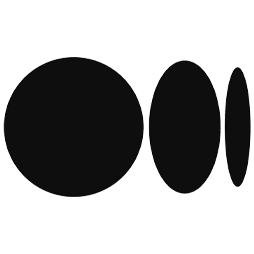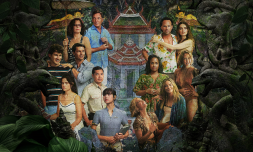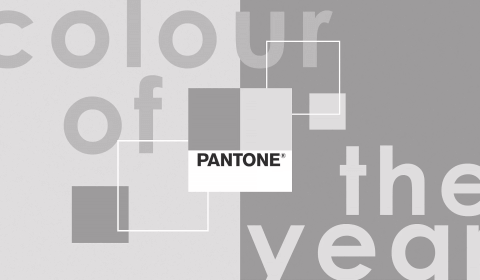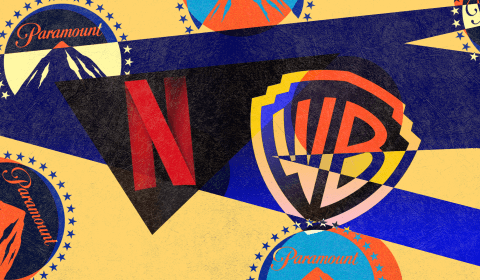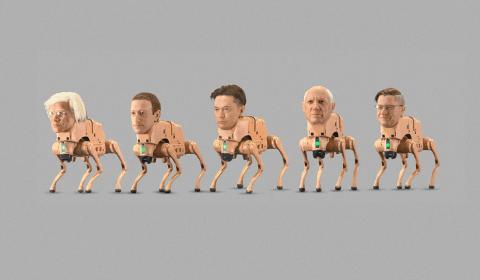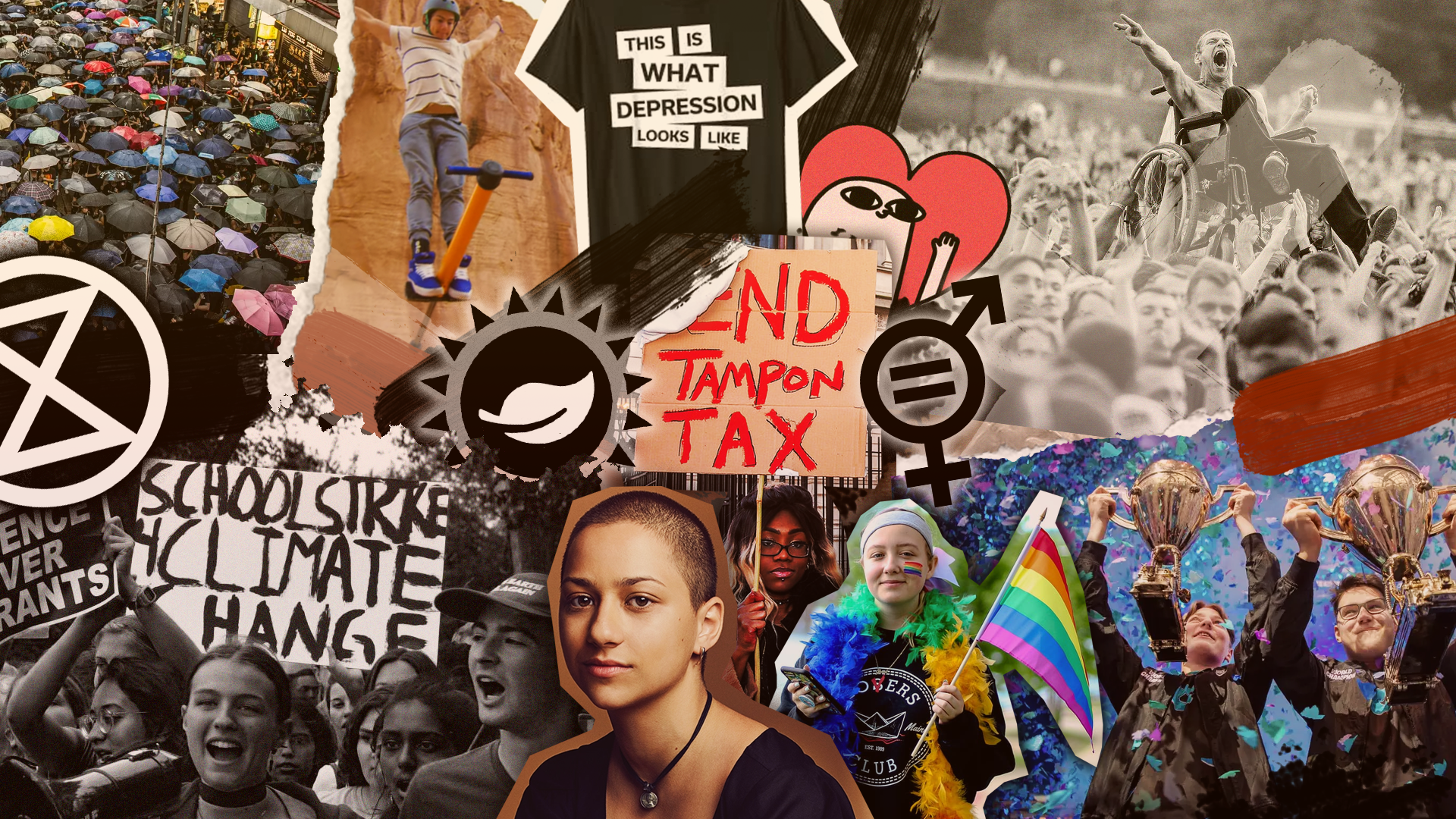No-one can shut up about Aimee Lou Wood’s teeth. But our sudden preoccupation with ‘natural’ faces says more about our propensity to reject them.
Aimee Lou Wood has lovely teeth. Not perfectly symmetrical, not blindingly white, not sculpted into identical rectangles, but lovely, human teeth. And yet, since the actor appeared in the latest season of The White Lotus, her mouth has become the subject of feverish online debate, scrutinised in think-pieces, and exalted as a defiant statement against Hollywood’s obsession with orthodontic perfection.
The fixation is curious, but not entirely surprising. After years of digitally fine-tuning, surgically refining, and filtering the life out of human faces, we seem to have entered the backlash era – one in which ‘natural’ features are suddenly in vogue again. Or, at the very least, worthy of adulatory discourse.
Wood has been dubbed a patron saint of ‘real’ beauty, the counterpoint to AI-driven, algorithmically perfect faces that flood our feeds. But this newfound obsession with natural features is already doing overtime, and I would argue it says more about our societal aptitude for aesthetic nit-picking than anything else.
Since ancient man first became self-aware, our perception of beauty has always been complicated. But the digital age has warped it beyond recognition. Cultural choices, aesthetic standards and improved healthcare have all churned out phenomenons as bizarre as the next – just look at ‘iPhone face’. We’ve become so accustomed to editing our appearance that a completely normal set of teeth has us penning existential essays about the human experience.
Sophie Gilbert, cultural reporter at The Atlantic, suggests this back-pedalling is the result of AI-induced body dysmorphia. ‘Lately, I’ve been finding myself more and more unsettled by digital faces tweaked and pixelated into odd perfection and real bodies buffed and whittled down into obscene angularity – women who look less like flesh-and-blood beings than porcelain ornaments,’ she writes.
Aimee Lou Wood was the soul of The White Lotus S3. No fuss, no flash—just eyes, breath, stillness. Honestly? The only character who seemed like a real human being. A breakout performance so good, it made the finale hurt more than expected. Protect her at all costs. #WhiteLotus pic.twitter.com/qSvQn1O81M
— Michael Dhanny (@MichaelDhanny) April 8, 2025
For years, the prevailing ideal was a hyper-symmetrical, hyper-smoothed, highly augmented face – the kind that sat at the intersection of Instagram Face and the uncanny valley. But now that AI can generate these ‘perfect’ features in seconds, the value of a meticulously FaceTuned or surgically optimized visage has plummeted. It’s no longer aspirational; it’s cliché. And so, as the pendulum swings, a new ideal emerges in opposition: the ‘authentic’ face.
But what does that even mean? The digital age has conditioned us to distrust what we see, and our relationship with beauty has never been more contradictory.







